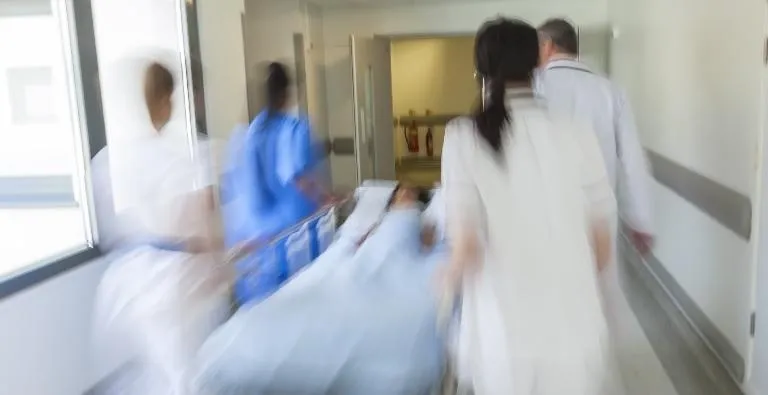You are here:
- Home
- >
- Knowledge Hub
- >
- News
- >
- CareFlow Connect Identifies Life Threatening Infection Within First Two Days
16th June 2021
Barking, Havering and Redbridge University NHS Trust (BHRUT) reported improvements in care and efficiency within days of starting the rollout out of its new care co-ordination and electronic referrals functionality, part of an ongoing digital transformation programme at the Trust.
BHRUT adopted a phased approach to the CareFlow care coordination app, part of its CareFlow EPR, initially rolling it out to the stroke multi-disciplinary team and tissue viability nurses to support collaboration in and between teams. Functionality included messaging, clinical photos, patient lists, task management, handover and referrals.
Within two days of this initial go-live, a member of the Trust team reported that it had potentially saved a life when a junior nurse saw a patient she was concerned about, took a picture of a wound at the bedside and was able to ask for expert follow-up advice electronically and discuss it immediately with the lead tissue viability nurse.
That nurse had picked up a rare and serious issue, a form of necrotising fasciitis, and the patient received potentially life-saving surgery immediately, CCIO and lead stroke consultant Devesh Sinha explained.
“We started off gently, with members of the stroke team sending electronic referrals to tissue viability nurses, together with a photo of the wound”, explained Devesh. The first referral was sent within an hour of go live, amid great excitement and instant recognition of the benefits they were getting from the system.
Mobile electronic referrals have now replaced paper processes. It used to take up to two days to get a ward referral, but the process is now significantly safer and faster.
Debbie Wickens, lead tissue viability nurse at the Trust, said:
CareFlow Connect is revolutionising the way we work. We are able to view the referral details, look at the handover information and wound photo, prioritise patients, create a care plan and make arrangements to see the patient if necessary, all within five minutes.
The app helps them work more efficiently, reserving initial face to face reviews for those who really require them, while stepping up activity on supporting ward staff by conducting more follow-up activities on patients.
The use of task management, with tasks allocated electronically according to the skillset within the team, has also improved efficiency and, by eliminating paper, safety.
By using the CareFlow app, multi-disciplinary teams are able to co-ordinate the care they give. In the stroke team, for example, nurses, AHPs, doctors, physios and language therapists would all be the using the same app, taking advantage of its smart lists and messaging functionalities as well as the ability for users to share rich clinical information via the handover profiles.
The Trust is now rolling out the app more widely, to care of the elderly, orthopaedics and vascular teams. Allied Health Professionals, pharmacy staff and clinical nurse specialists are also being on-boarded.
BHRUT will also be rolling out a raft of additional EPR functionality over the coming months in a programme designed to create digital patient pathways and to support clinical teams.
